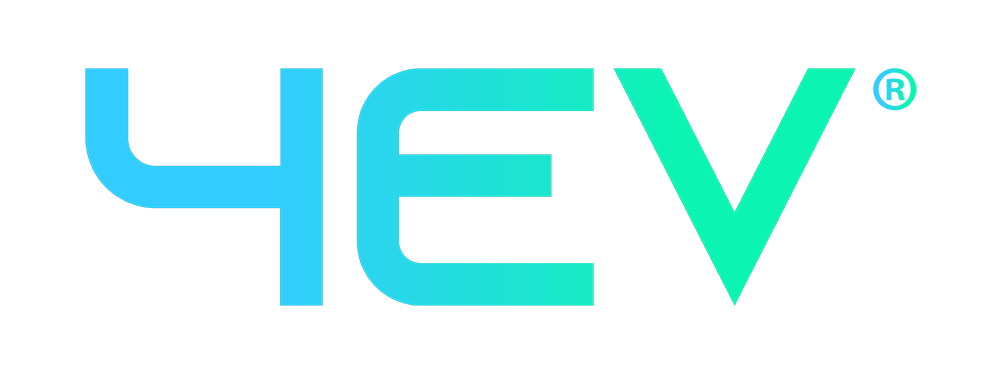Buying Advice
16A, 32A, 3 Phase or 3-Pin?
This largely depends on your vehicle's charging specification and the charging point you plan to use.
To keep things simple, our standard 'FAST' charging cables are rated at 32A (7.2kWh) and will allow a charge of 16A (3.6kWh) or 32A (7.2kWh) depending on a combination of the maximum specification of both your vehicle's on-board charger and the charge point you're using. These 'Mode 3' cables therefore work with all possible combinations from a Fast Charge Station featuring a Type 2 socket.
If you have the availability of a 3 Phase electricity supply, either to your home or workplace charging station or at a public charge point, then we also supply 32A 3 Phase (up to 22kWh) charging cables. They are thicker, heavier and slightly more cumbersome than the standard 32A cables and although they are 'backwards compatible' with the 1 phase 16A/32A rate of charge, we recommend these only if you are likely to have a definite use for 3 phase charge capabilities. Not all vehicles support 3 phase charging.
The other option is a 3-Pin charging unit. This uses a standard household 3-Pin socket and can charge an EV at a much lower rate, usually switchable between 6A/8A/10A, depending on the condition of the properties electrical wiring system/age of house.
This is sometimes referred to as an EVSE (Electric Vehicle Supply Equipment), 'Mode 2' charging, slow charger, trickle charger or a granny charger. They are a little more expensive than a standard Type 2 charging cable as they feature a control box as part of the charging cable. They are recommended more as an emergency charger or for use with Plug-In Hybrids due to the longer charger times. A full electric vehicle can take around 22 hours to achieve a full charge using this method.
What length cable do I need?
A big question for EV owners is "what length cable do I need?" To cover most charging eventualities, we supply cables in a range of lengths from 3m to 10m. As most owners charge their EV in more than one location, it is worth considering where is likely to be the place where the longest length might be needed?
We always recommend considering a cable slightly greater in length than the maximum you think you'll need!
Some customers purchase more than one cable, especially if they have a charging point at home in a secure location like a garage where a short cable can be permanently plugged in and ready to charge. Keeping a second, longer cable in the boot to cover them for any public charging requirements.
Straight or Coiled?
The other buying decision EV owners face is whether to purchase a straight or coiled cable. Each have their advantages and disadvantages depending on your charging requirements.
Our general advice is that Coiled cables are better suited to more permanent charging solutions such as the garage situation mentioned above where the charging distance is a maximum of 5m. Coiled cables can be more cumbersome to handle on a daily basis than straight cables and they also weigh more per metre of charging reach too. For example, a coiled cable that can stretch over a 5m distance will weigh the same as a 10m straight cable.
If you use the correct length coiled cable for your charging situation, we'd expect the cable to hang above the floor so they don't tend to get as dirty or wet as a straight cable. This however may cause a trip hazard at public charging points. Our cables are all Green to try to provide as much hi-visibility safety as possible in these situations.
The nature of coiled cables means it will automatically want to contract when in use and this may place strain on the charging sockets, especially if the cable is too short for the situation.
Straight cables are by far the most popular choice and are suitable for the vast majority of charging situations.
